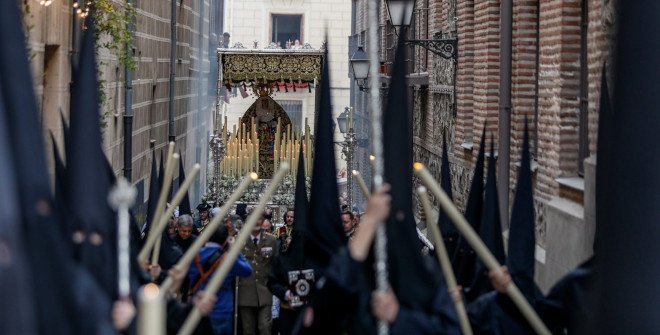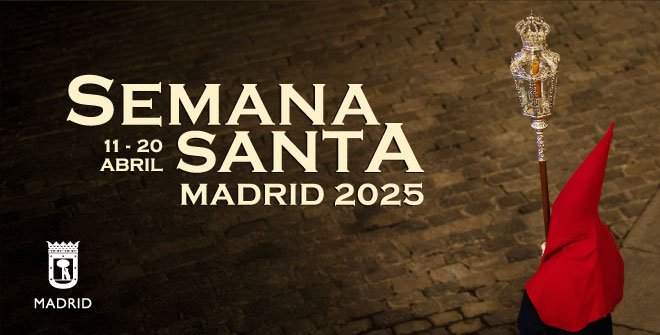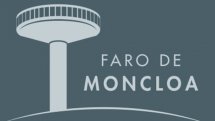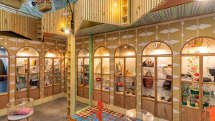History of Easter in Madrid
Easter in Madrid is an expression of deep religiousness and artistic, cultural and popular heritage whose roots lie in more than five centuries of history. It is a true reflection of a melting pot of traditions that have been superimposed over the years and which came about under the sanctuary of the prestigious Brotherhood of Vera Cruz in the 16th century.
In 1561, the town stood out for having forty brotherhoods even though it barely reached 20,000 inhabitants. When the court was set up in Madrid, major corporations were founded, such as the Brotherhood of Passion and Our Lady of Sorrows, the Brotherhood of the Seven Sorrows of Mary, founded in 1591, of which King Philip II was the Patron, or the Brotherhood of Our Lady of Solitude, whose image soon became an emblem of the faith of the people from Madrid. The Royal Family worshipped this Virgin, one of the first examples of iconography in Spain, and accompanied by the nobility and senior officials, they went to the processions that left from convents and churches passing through Real Alcázar. The religious dimension was therefore joined to the court, granting Madrid an unmistakeable seal within the Easter celebrations.
Potters, weavers, carpenters, vintners, chair makers, blacksmiths, lathers, shoemakers.... The incorporation of the guilds multiplied the relevance of the processions, in which such beloved images as that of Jesús Nazareno de Medinaceli were on display. At that time, there were more than twenty processions, such as those of St. Joseph, The Flaggings, Ecce Homo or Jesus Resuscitated, reflecting the deep social roots and the artistic wealth of each procession.
Over time, the processions underwent major changes. In 1805, a series of ordinances restricted them to a single procession on Good Friday. From the 1940s onwards, Easter in Madrid experienced a popular resurgence that resulted in the founding of new brotherhoods and the involvement of thousands of faithful followers wishing to keep its roots alive.
Today, Easter in Madrid combines tradition and solemnity, recovering that heritage which has forged an unparalleled religious, artistic and cultural heritage over the generations . The essence of a past that beats strongly is felt in its processions, demonstrating that this testimony of faith and art continues throughout the centuries to touch those who discover it.
Source: “Semana Santa en Madrid”, Guevara Pérez, E. and Calleja Martín, P.




